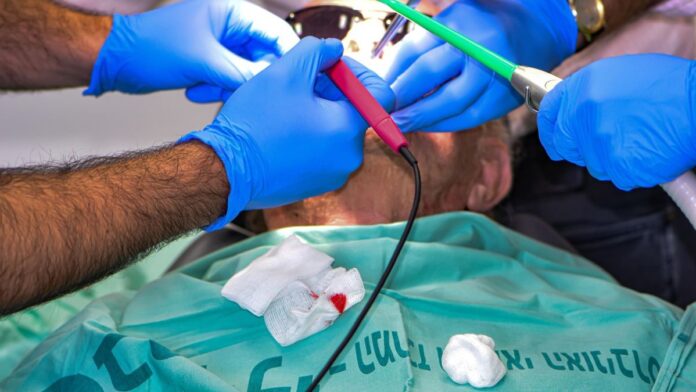CMT is a genetic problem that impacts the peripheral nerves that control movement and sensation in different parts of the body. Of its several forms, CMT Type 2 (CMT2) is characterized by axonal degeneration which impacts both motor and sensory nerves in the distal limbs. While cranial nerves rarely get damaged, patients sometimes find it difficult to chew, swallow or speak if the affected muscles are near the brainstem.
Understanding Charcot-Marie-Tooth Type 2
CMT2 is caused by mutations that disrupt the function of the axons in peripheral nerves. Usually first noticed in the lower legs and feet, it makes the muscles thin and weak. Foot drop, strong arches (pes cavus) and weak hands are among the common symptoms noticed in patients. Sensory impairments could also take place, leading to impaired balance and a rise in the likelihood of falling. As the condition advances, both hand strength and the ability to perform small movements can decrease. They may start having difficulties with writing and putting on clothes.
Charcot-marie-tooth disease type 2 progresses slowly with symptoms worsening over years. Clinical examination, nerve conduction studies, and genetic testing are important in early diagnosis to manage the illness and apply supportive therapy to promote mobility and quality of life.
Oral Health Implications
While CMT2 itself does not result in dental symptoms, its effect on muscle strength and coordination indirectly influences oral health. Hand muscle weakness in patients can lead to difficulty in ensuring oral hygiene, hence a susceptibility to periodontal complications. While no difference in the occurrence of temporomandibular disorders (TMD) and bruxism in CMT2 patients compared to control subjects has been noted from studies, they nonetheless exist and need evaluation.
Dental Management Strategies
A sound dental management plan for CMT2 patients must be comprehensive.
Patient Assessment
Careful assessment of the patient’s oral health status should be undertaken, considering neuromuscular limitations. Evaluations should involve examination for symptoms of TMD, bruxism, and periodontal disease.
Treatment Planning
Individualized care plans will provide for the patient’s physical capacity. Adaptive devices or specially adapted dental instruments will make at-home oral care easier. Think electric toothbrushes with a long handle or water flossers.
Interdisciplinary Collaboration
It is important for physical therapists to coordinate with neurologists. By coordinating, they can evaluate the patient’s overall ability to function. Using fatigue management and visiting the dentist regularly can improve oral treatment.
Strengthening Patient Education and Support
It is necessary to inform both patients and caregivers about why it is important to keep the mouth clean and frequent dental check-ups is crucial. Offering support and education on adaptive oral care tools can be empowering to patients. Open communication between patients and their healthcare providers makes it possible to handle problems and improve the care plan.
Learning about the implications of treatments such as pulpectomy among neuromuscular disorder patients is also important, as their specific physiological status can affect treatment and demand specialized management plans.
Using digital displays in modern healthcare communication can also help patients understand and take part in their care. These gadgets can both display pictures and provide interactive experiences to help patients grasp their condition and the importance of dental health.
Endnote
Observing the effects of CMT2 on the mouth helps in preparing comprehensive care plans for patients. Working with a dentist helps patients better manage their problems. Adjusting care plans for people with CMT2 helps healthcare personnel improve their quality of life.
Image by Ri_Ya from Pixabay
The editorial staff of Medical News Bulletin had no role in the preparation of this post. The views and opinions expressed in this post are those of the advertiser and do not reflect those of Medical News Bulletin. Medical News Bulletin does not accept liability for any loss or damages caused by the use of any products or services, nor do we endorse any products, services, or links in our Sponsored Articles.




